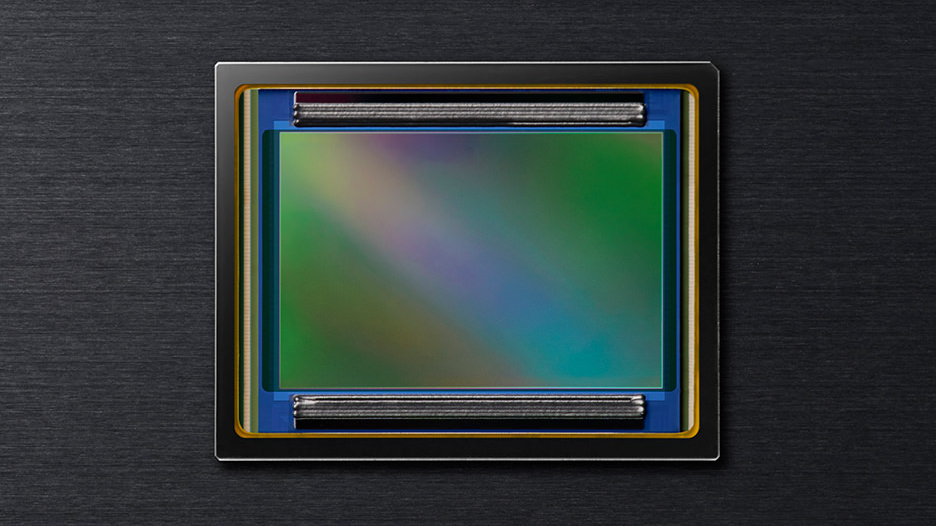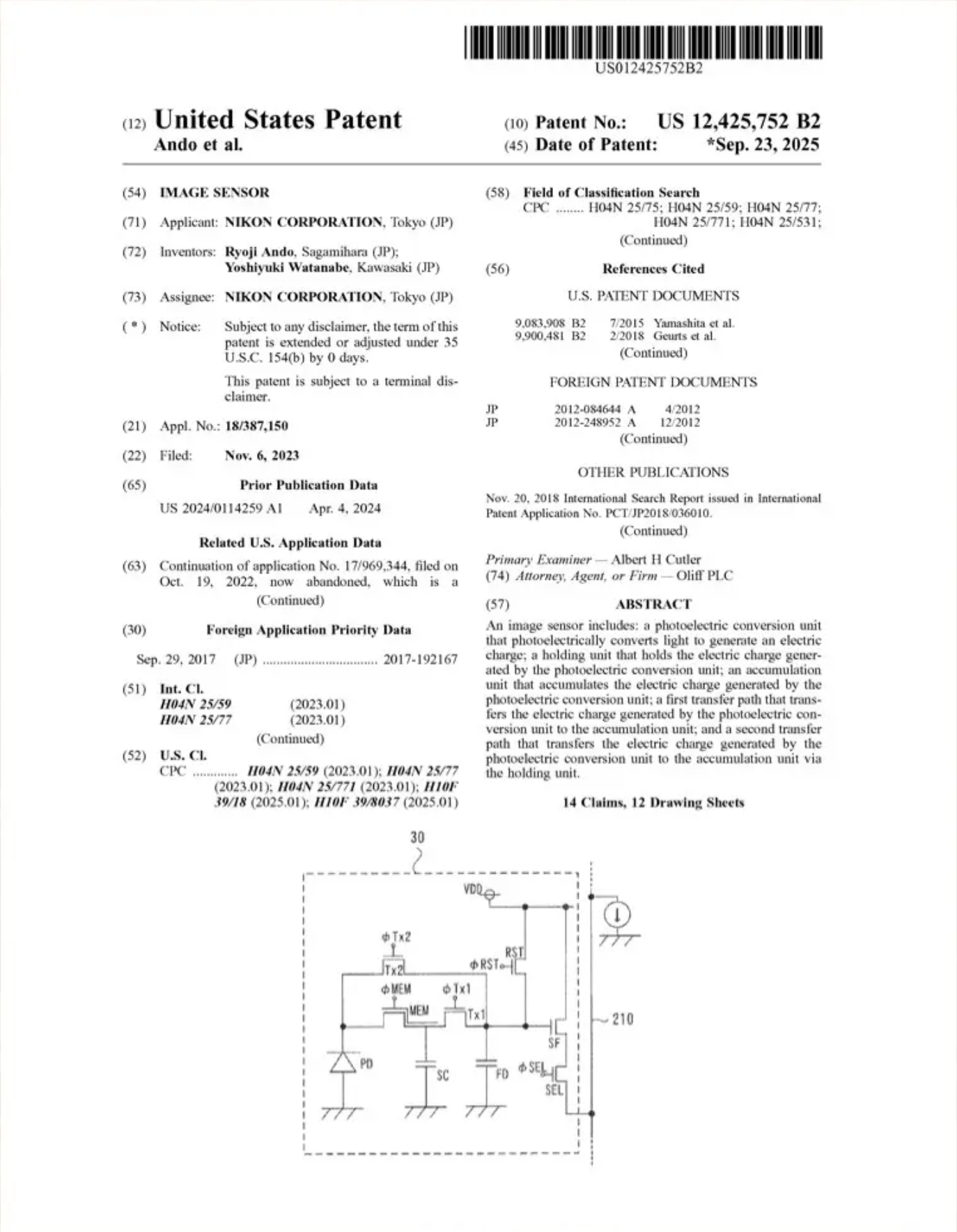
Nikon has filed a new patent for a hybrid image sensor that combines the benefits of both global and rolling shutters, enabling the instantaneous readout of global sensor technology with the improved dynamic range and reduced noise of a rolling shutter.
A traditional rolling shutter captures images by scanning the scene from top to bottom, but is prone to the 'jello effect', which can cause very fast-moving subjects to appear to shear as the scan rate struggles to keep up with the speed of the movement. A global shutter, by contrast, captures the entire scene simultaneously, effectively freezing all motion at a single instant in time and eliminating the type of motion artifacts associated with a rolling shutter; the downside, however, is that they typically have lower ISO performance and reduced dynamic range.
Nikon's patent, simply entitled "Image Sensor," details a pixel architecture that provides two distinct pathways for electric charge. One path is a direct and efficient route for a rolling shutter operation. The second pathway routes the charge through a side capacitor, which enables a global shutter.

An additional benefit of this dual-path design is that the storage capacitor also acts as an 'overflow bucket', enabling the sensor to handle a wider range of light values, thus extending its dynamic range, which could prove useful in high dynamic range (HDR) scenes where there are both very bright highlights and very dark shadows. By using the capacitor to store excess charge, the sensor is said to be able to prevent overexposure in bright areas, preserving detail that would otherwise be lost.
It would likely be down to the camera's firmware, rather than the photographer, to decide whether to use the rolling or global shutter to output each image, depending on the type of scene being captured, switching from the rolling shutter for everyday photography to capture the greatest image detail in scenes such as landscapes, to the global shutter to capture fast action shots and video.
Nikon is no stranger to innovation in sensor design, developing the stacked sensor used first in the Nikon Z9 sports camera, which, while still a rolling rather than global shutter, has an incredibly fast scan rate that all but eliminates the shearing effect, thereby allowing a shutterless design, and the partially stacked sensor of the Z6 III that provided some of the benefits of a stacked sensor at a lower cost.







